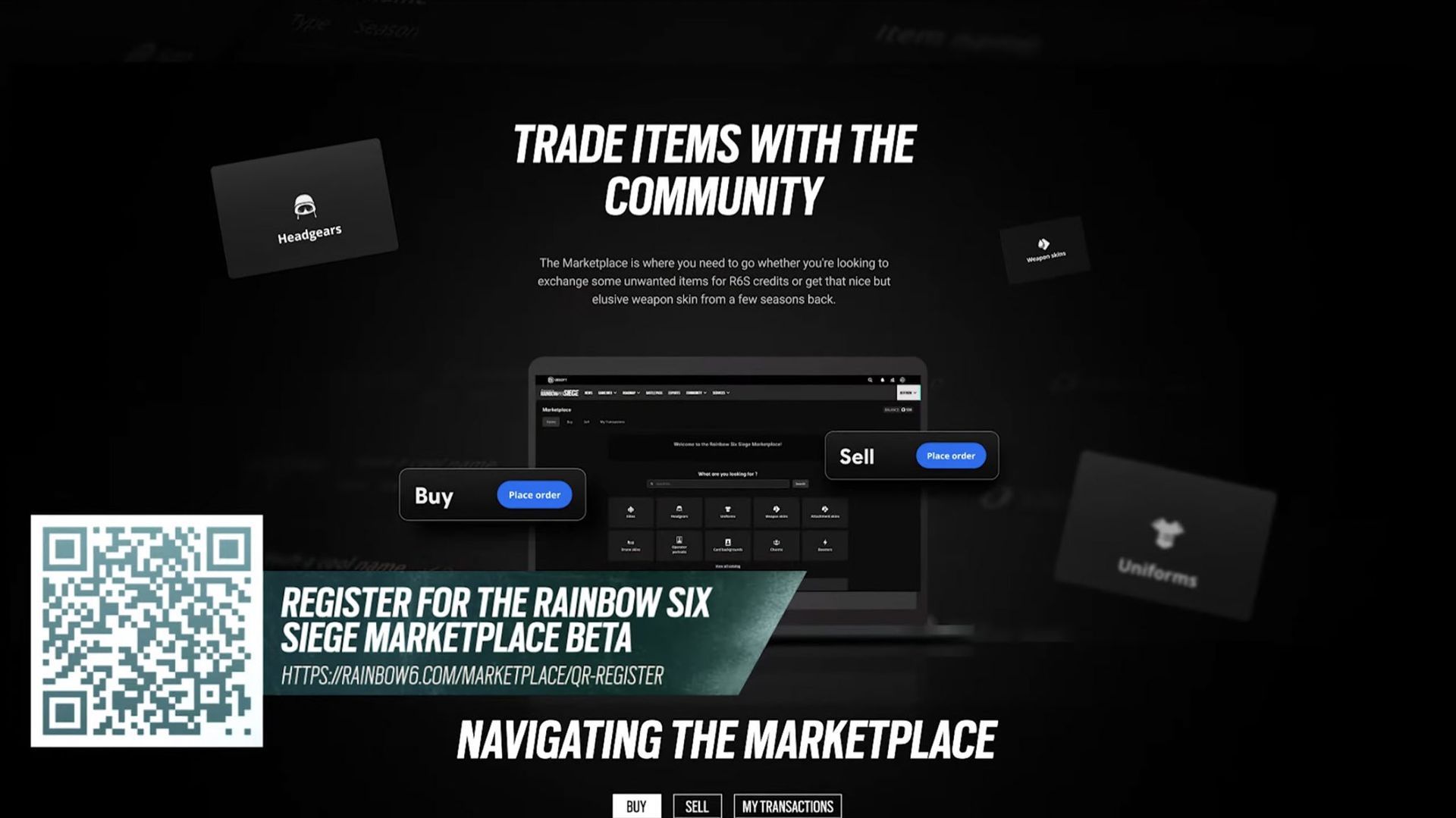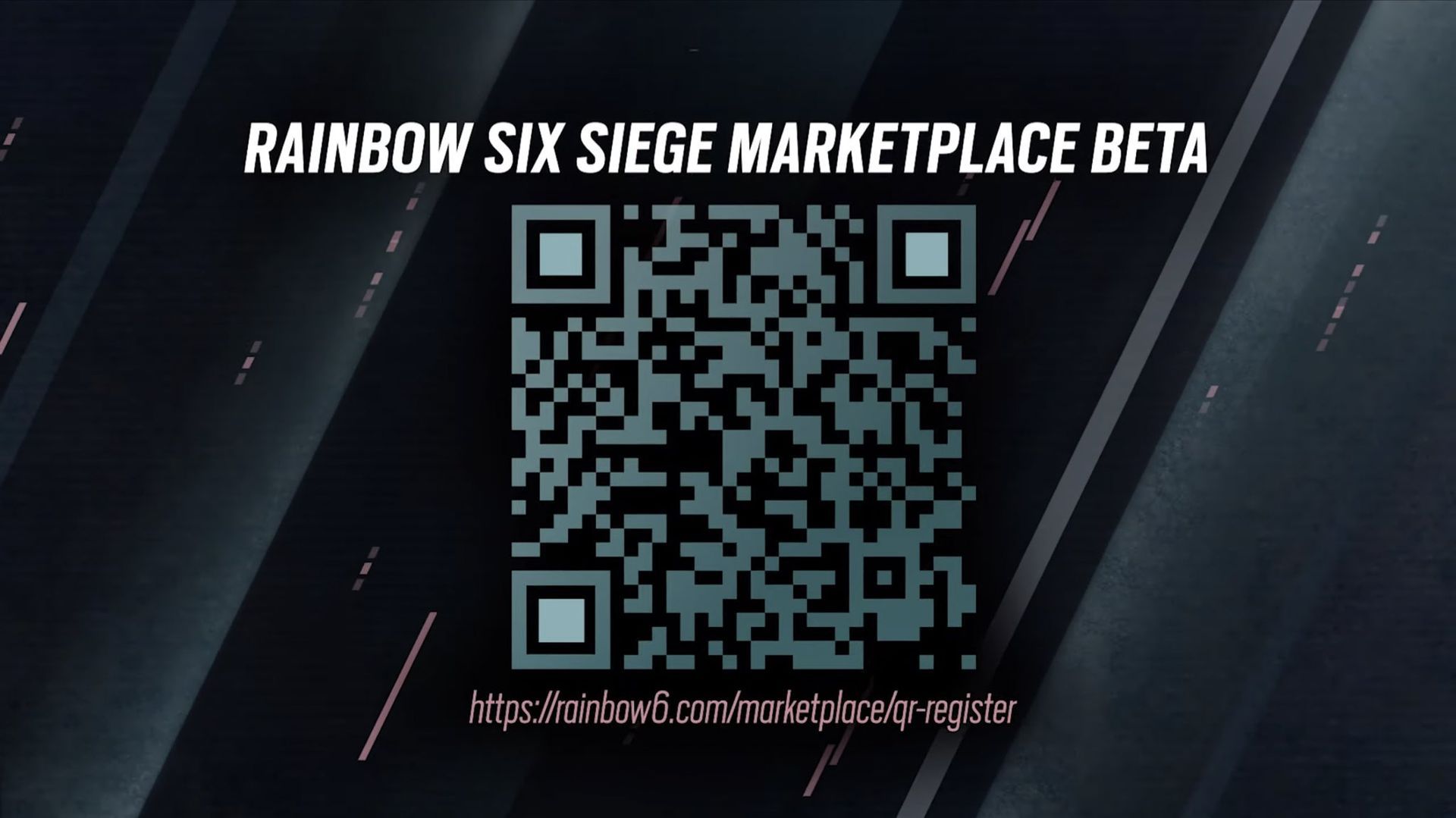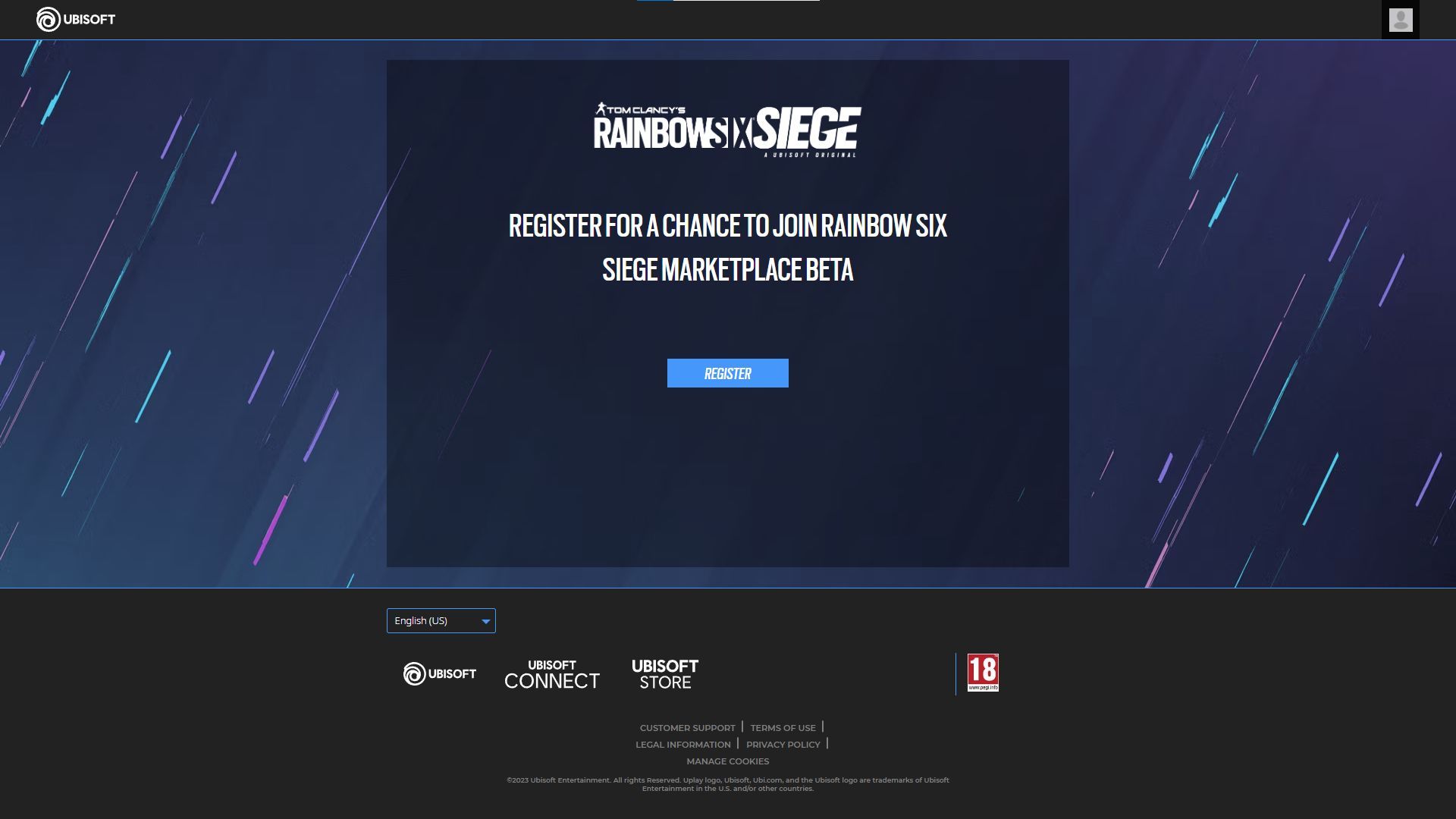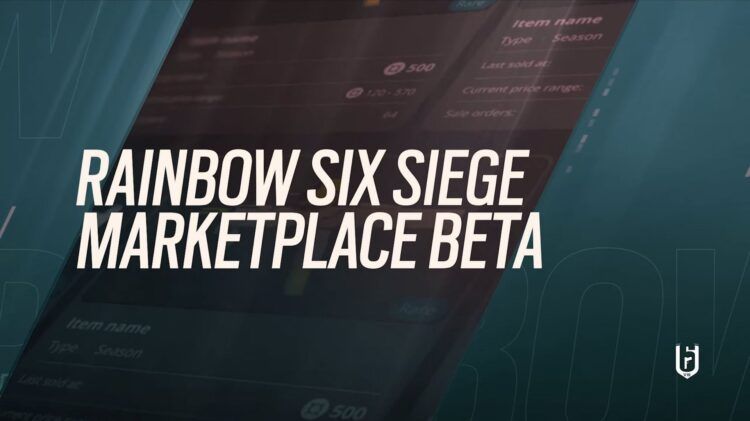Prepare for an exhilarating transformation within the Rainbow Six Siege community as Ubisoft introduces a groundbreaking feature – the R6 Marketplace.
This innovative addition, drawing inspiration from the iconic skin marketplace of Counter-Strike, is poised to redefine the dynamics of in-game cosmetics and player interaction.

A Comprehensive Exploration of the R6 Marketplace
Below, we’ve compiled everything you might be curious about the new feature. If you’re too excited, you can also register immediately for the beta version of the Marketplace.
Beta arrival and unique transaction system
Set to enter its beta phase imminently, the R6 Marketplace introduces a revolutionary approach to obtaining and exchanging in-game cosmetics. Players will now have the unprecedented ability to buy and sell their favorite items using R6 Credits, the premium currency exclusive to Rainbow Six Siege. This departure from the traditional model, where cosmetics are earned through gameplay or direct purchases, emphasizes player agency in shaping their in-game experience.
The accessibility of the R6 Marketplace extends beyond mere convenience, as it is not only accessible through web browsers but also seamlessly integrated into mobile devices. However, intriguingly, details regarding its integration with the Siege client or the Ubisoft Connect app remain shrouded in mystery, adding an air of anticipation to the already buzzing community.

Challenges and dynamics of the Marketplace
Ubisoft’s decision to use R6 Credits as the sole transaction currency showcases a deliberate and cautious approach, aiming to steer clear of pitfalls witnessed in other gaming ecosystems. The lack of clarity on whether players can set prices for items or if cosmetics will have fixed values raises fascinating questions about the marketplace dynamics. This distinctiveness sets it apart from Ubisoft’s NFT initiative, Quartz, adding an extra layer of complexity to the emerging ecosystem.
As the closed beta for the R6 Marketplace approaches, inevitable comparisons with Counter-Strike’s item market, particularly the transformative impact of CS:GO in 2013, come to the forefront. While CS:GO’s market revolutionized the esports landscape, it also brought challenges such as gambling and match-fixing scandals. Ubisoft’s emphasis on the use of R6 Credits may act as a safeguard, but lingering concerns about the potential emergence of grey markets add a layer of intrigue to the evolving narrative.
Community engagement and asset valuation
The Siege community, traditionally less fervent about cosmetic collections than their Counter-Strike counterparts, is beginning to recognize the potential impact of the R6 Marketplace. Seasoned players, holding eight years’ worth of gun skins and operator outfits, may suddenly find themselves with newfound assets. However, questions about earnings and their utilization within the Siege ecosystem add complexity to the marketplace’s potential, prompting players to reconsider their in-game strategies.

As the R6 Marketplace approaches its beta phase, players and industry observers eagerly await Ubisoft’s strategies and responses to the multifaceted challenges and opportunities presented by this bold venture. Drawing on invaluable lessons from the evolution of CS:GO’s item market, the R6 Marketplace promises not just a transactional shift but a holistic redefinition of the Rainbow Six Siege gaming experience.
Brace yourselves for a new era of cosmetic trading, community engagement, and unprecedented possibilities with R6 Credits at the forefront of this transformative journey.
Meanwhile, if you come across any issues within the game, make sure to refer to our articles on them, such as the one on how to fix the synchronization issue in Rainbow Six Siege.
Featured image credit: Ubisoft





